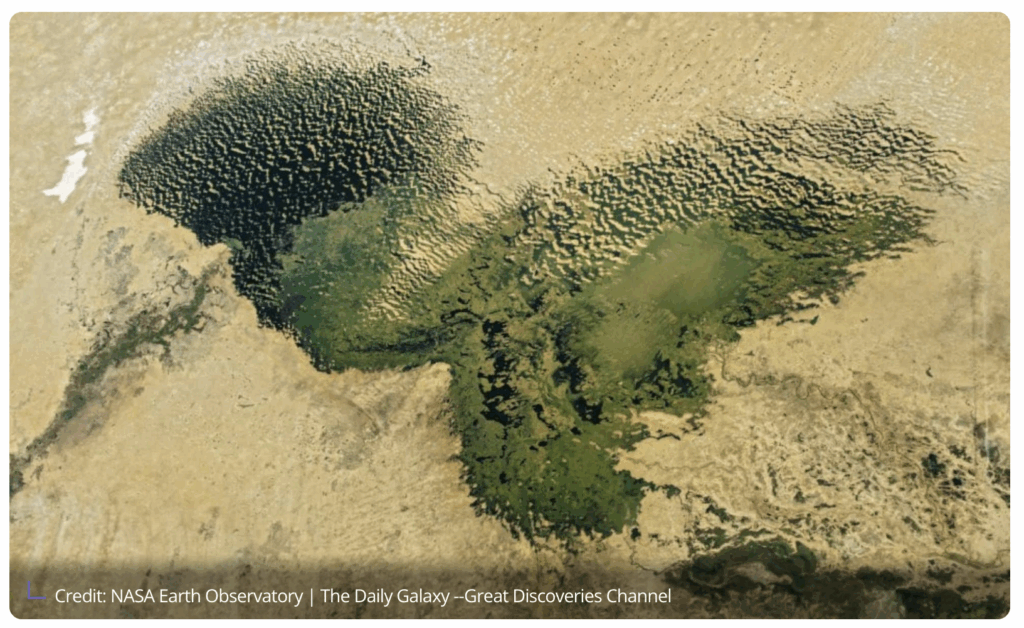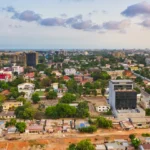Once a lifeline for more than 30 million people across Nigeria, Chad, Cameroon, and Niger, Lake Chad is now on the brink of disappearing forever, new NASA satellite imagery has revealed.
The shrinking of this transboundary lake, once one of Africa’s largest freshwater bodies, is not a new story. But recent imagery from NASA’s Landsat program shows the most alarming signs yet: what used to be a vast, blue stretch of water in the 1960s has withered into fragmented pools, surrounded by dry vegetation and dust.
Experts believe that this is not just a seasonal decline, rather a climate crisis playing out in real time.
From Lifeline to Warning Sign
In the 1960s, Lake Chad spanned over 25,000 square kilometres, larger than Israel.
Today, it covers less than 1,500 square kilometres in some seasons, depending heavily on rainfall and inflow from the Chari and Logone rivers.
The collapse has been blamed on a combination of prolonged droughts, climate change, poor water management, and unregulated irrigation.
Rainfall in the Sahel has become increasingly erratic, and higher temperatures have worsened evaporation.
Human Cost
Beyond its environmental significance, the loss of Lake Chad is having a devastating human impact. Millions of farmers, fishers, and pastoralists who once depended on the lake for food and income are now facing poverty, hunger, and displacement.
The region is also a flashpoint for insecurity, as shrinking resources fuel conflict between communities and give extremist groups more room to operate.
“You can’t separate climate from conflict here,” said Habiba Liman, a peace and development expert in northeastern Nigeria. “When the lake dies, livelihoods die, and tensions rise.”
Urgency and Hope
The Lake Chad Basin Commission and the African Union have supported ambitious water transfer projects, including the controversial plan to divert water from the Congo River basin. But progress has been slow, and funding remains a barrier.
NASA’s latest visuals serve as a wake-up call, reinforcing what African scientists and communities have said for decades: the time to act was yesterday.
Losing Lake Chad means West and Central Africa will be missing a core part of its identity, economy, and environmental balance.










